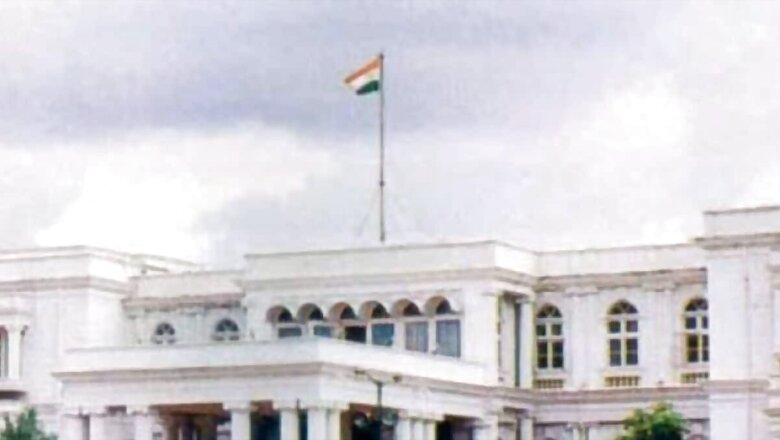
views
Many people are unfamiliar with the appearance and history of Raj Bhavan, the official residence of the Governor of Karnataka. Despite being situated in the heart of the capital city of Bengaluru, this grand and historic building remains largely inaccessible to the general public. On rare occasions, it has been opened for public viewing; but such opportunities have been limited. There is now a growing call for Raj Bhavan to be made more accessible, allowing the public to experience and appreciate its architectural and historical significance. Raj Bhavan, originally built as the official residence for British officials during the colonial period, represents an important piece of the region’s heritage. The building’s historical and architectural value has sparked interest among the public, who are eager to see it firsthand. This interest has led to suggestions that the government should open Raj Bhavan for public viewing, much like how the Mysore Palace is accessible to visitors.
In response to this interest, BM Shivakumar, the President of the Jayaprakash Inquiry Forum, has formally requested that the Deputy Speaker of the Legislative Assembly, Rudrappa Lamani, consider this proposal. In his letter, Shivakumar highlighted that allowing public access to Raj Bhavan would fulfil the curiosity of the public regarding this important landmark. Additionally, it would provide a valuable educational opportunity for engineering students and others interested in historical architecture to study the design and construction of the building.
Shivakumar pointed out that no Governor has permitted public viewing of Raj Bhavan after the tenure of Ramadevi. There was a brief period in 2018 when then-Governor Vajubhai Vala opened Raj Bhavan to the public for 15 days, giving people a rare chance to explore the premises.
Raj Bhavan is located just a short distance from Vidhana Soudha, the seat of the state legislature in Karnataka. The construction of Raj Bhavan dates back to the period between 1840 and 1842, when it was built by Mark Cubbon, who served as the Commissioner of the Mysore State during that time. The building is not only a symbol of the colonial history of the region, but also an architectural marvel that reflects the style and grandeur of that era.














Comments
0 comment